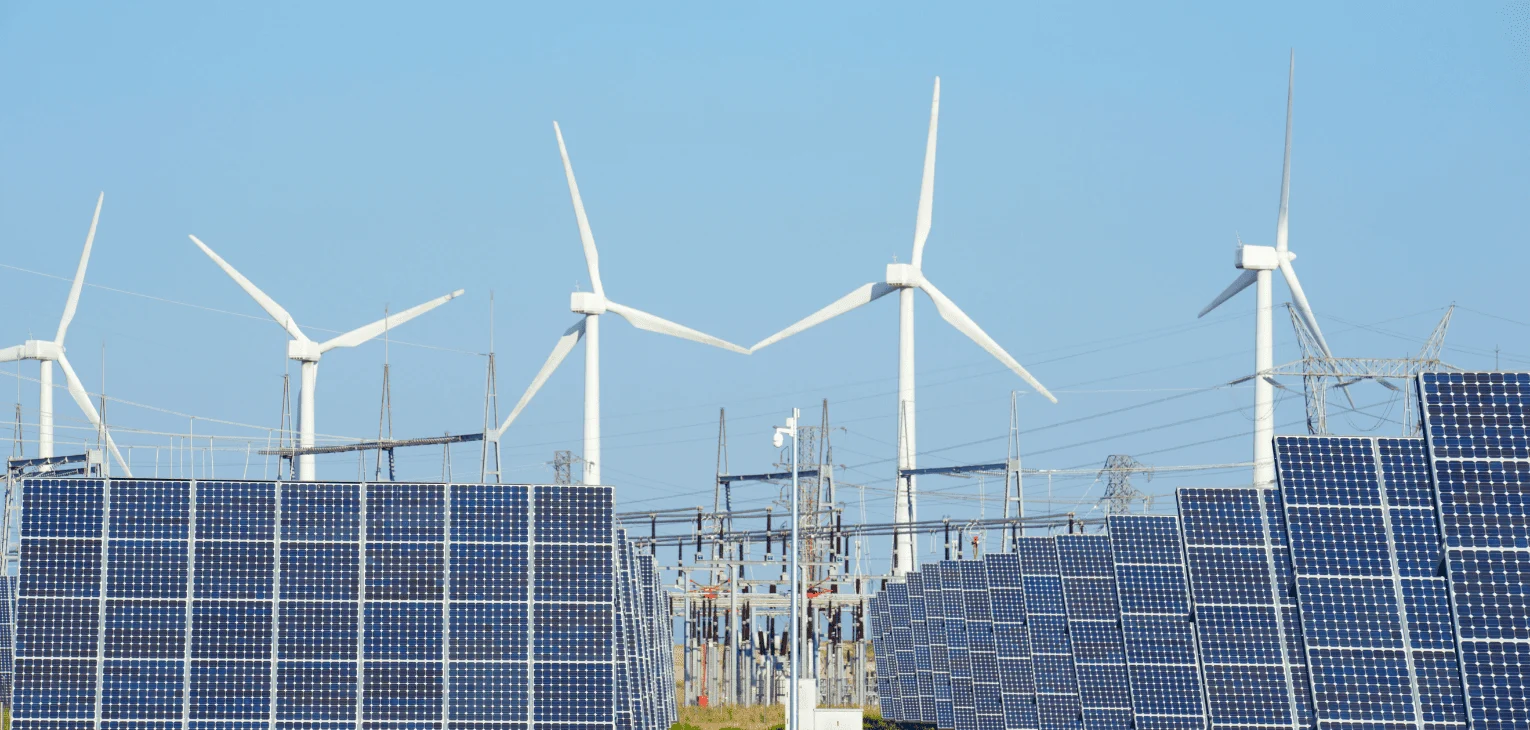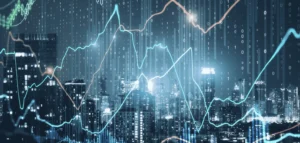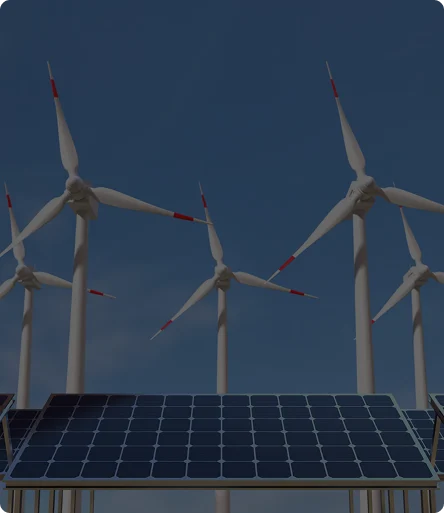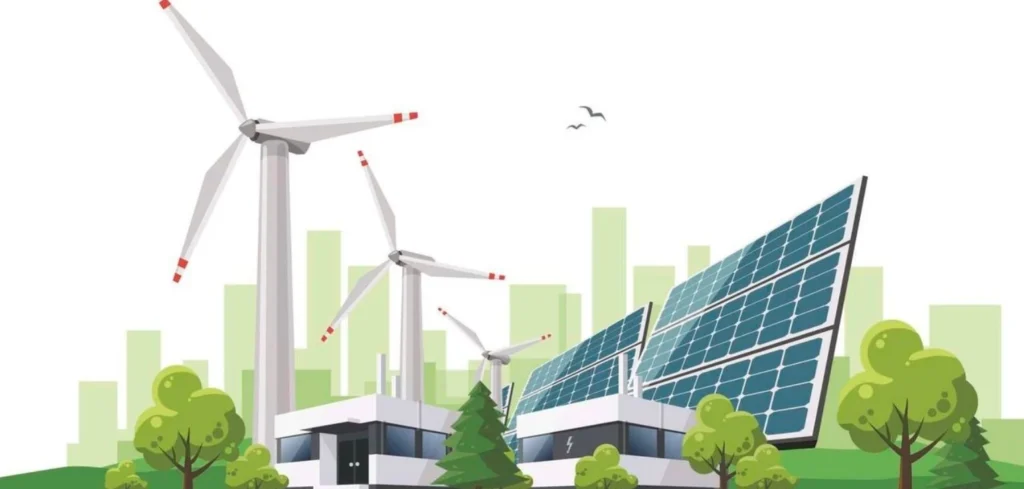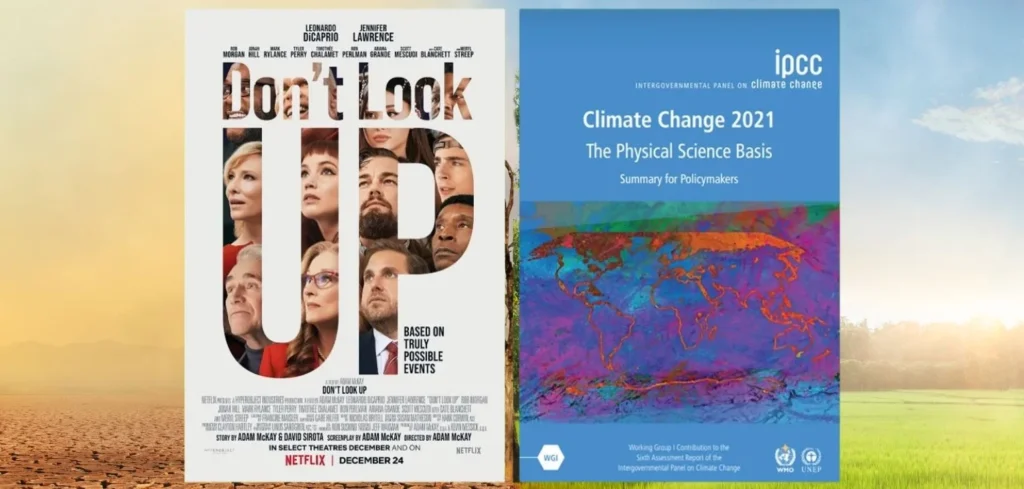Wherever you go in the world lately, you can see that one of the biggest complaints of people will be increasing energy prices. It is a well-known fact that rising energy raw material costs are the basis of increasing electricity prices. The increase in the prices of energy raw materials should give us a message about two different issues. The first of these is the risk of dependence on other countries for raw materials, and the second is the necessity of focusing on renewable energy sources, where the raw materials used in electricity production are free. In other words, it is a great advantage to be able to produce both independent and cheap energy with renewable energy technologies.
But renewable power plants also have a big problem. And that’s our dependence on the availability of these intermittent and no generation cost energy sources (ie the wind blows and the sun shines). As such, your inability to generate energy from the sun at night prevents you from generating completely renewable energy for now. At the same time, it should be added that since the total generation profiles of these power plants cannot be controlled, it creates an imbalance problem in the network operation. As supply and demand must always be equal in the grid, and even if we are not aware of it, the grid and market operators make an intense and continuous effort to achieve this balance. Generation resources with an intermittent production profile complicate this task.
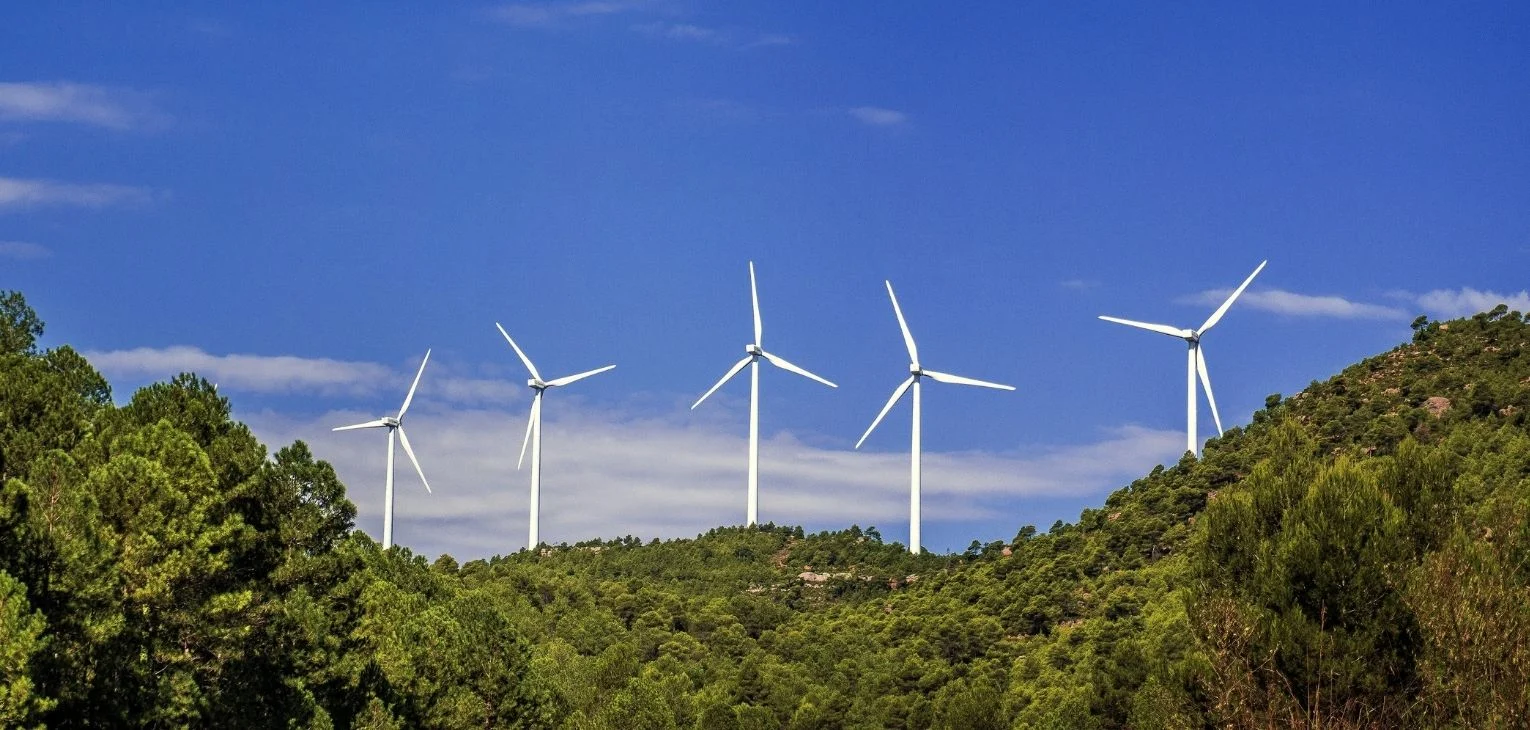
So what should we do if we want to produce 100% renewable energy on the grid? The most promising solution for this seems to be the inclusion of large-scale energy storage systems. We need both large-scale energy storage facilities that store excess renewable energy production and use it when necessary, and balancing storage facilities that solve balancing problems (frequency, reactive energy, intermittent generation profile).
While the planning of the physical flow of the balancing process in the network is a technical problem, its effects on the energy market appear as a commercial problem. Because both real time balancing, that is, flexibility management, and meeting the energy need with 100% renewable energy can only be realized through grid-scale storage systems. In a system where generation plants and storage facilities work together, real-time control must be done in accordance with commercial and technical requirements. This highlights the importance of markets with continuous and real-time planning beyond the Day Ahead Market planned on paper.
Amongst the energy dynamics that change at a dizzying pace, it is debatable that how much time is needed for this scenario to come to life; but it is now accepted that it is not that far away. Gigantic scale battery factories that continue to be invested in across Europe and China are the most visible proof of this situation. It is an inevitable reality that all generators and consumers, market and network operators have to keep up with this rapid revolution. As smartPulse, we can offer an end-to-end balancing management solution for any facility, including renewable generation and storage systems, both in the future we describe and in the energy market today. We are proud to be a part of this revolution in the way we generate and consume energy.
Rıfat Anıl Aydın

